Discussion on geothermal recovery process of deep borehole heat exchanger in layered stratum
DOI: 10.23977/jemm.2022.070105 | Downloads: 31 | Views: 1813
Author(s)
Feilong Chen 1, Yujie Bai 1
Affiliation(s)
1 School of Environmental and Municipal Engineering, Lanzhou Jiaotong University, Lanzhou 730070, China
Corresponding Author
Feilong ChenABSTRACT
To explore the characters of geothermal recovery process of deep borehole heat exchanger, a geothermal recovery process was simulated to explore the difference in stratum temperature distribution change under layered model and uniform model. The results indicated that the geothermal recovery rate is sharp at first and slow down then. The outlet temperature would be higher in the next heat extraction stage if the longer geothermal recovery period was adopted. Considering the time cost during the geothermal recovery period, the suggesting proportion of heat extraction and geothermal recovery could adopt 1:1. In addition, the uniform model cannot reveal the ground temperature variety of layered in geothermal recovery process accurately.
KEYWORDS
deep coaxial heat exchanger, finite element method, geothermal recoveryCITE THIS PAPER
Feilong Chen, Yujie Bai, Discussion on geothermal recovery process of deep borehole heat exchanger in layered stratum. Journal of Engineering Mechanics and Machinery (2022) Vol. 7: 32-37. DOI: http://dx.doi.org/10.23977/jemm.2022.070105.
REFERENCES
[1] Yanlong Kong, Zhonghe Pang, Haibing Shao, et, al. (2014) Recent studies on hydrothermal systems in China: a review. Geothermal Energy 2: 19.
[2] Su Y, Yang F, Wang B, Jia Z, Duan Z. (2018) Reinjection of cooled water into sandstone geothermal reservoirs in China: a review. Geosciences Journal. 22 (1): 199-207.
[3] Sheng Pan, Yanlong Kong, Chaofan Chen, et al. (2020) Optimization of the utilization of deep borehole heat exchangers. Geothermal Energy, 8 (1): 1-20.
[4] Tan Manh Do, Hyeong-Ki Kim, Min-Jun Kim, et, al. (2020) Utilization of controlled low strength material (CLSM) as a novel grout for geothermal systems: Laboratory and field experiments. Journal of Building Engineering, 29: 101110.
[5] David Gordon, Tirupati Bolisetti, David S.-K. Ting, et, al. (2017) Short-term fluid temperature variations in either a coaxial or U-tube borehole heat exchanger. Geothermics, 67 29-39.
[6] Huai Li, Katsunori Nagano, Yuanxiang Lai. (2012) Heat transfer of a horizontal spiral heat exchanger under groundwater advection. International Journal of Heat and Mass Transfer, 55: 6819-6831.
[7] José Acuña, Björn Palm. (2013) Distributed thermal response tests on pipe-in-pipe borehole heat. Applied Energy, 109: 312-320.
[8] Christopher J. Wood, Hao Liu, Saffa B. Riffat. (2020) Multi-external-chamber coaxial borehole heat exchanger: Dynamic heat transfer and energy consumption analysis. Energy Conversion and Management, 207: 112519.
[9] Zhihua Wang, Fenghao Wang, Jun Liu, et, al. (2017) Field test and numerical investigation on the heat transfer characteristics and optimal design of the heat exchangers of a deep borehole ground source heat pump system. Energy Conversion and Management, 153: 603-615.
[10] Soleiman Iry, Roohollah Rafee. (2019) Transient numerical simulation of the coaxial borehole heat exchanger with the different diameters ratio. Geothermics, 77: 158-165.
| Downloads: | 11121 |
|---|---|
| Visits: | 422845 |
Sponsors, Associates, and Links
-
Cybernetics and Mechatronics
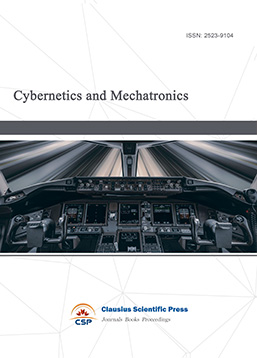
-
Digital Manufacturing and Process Management
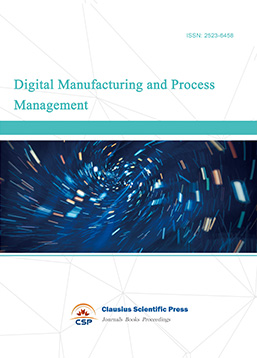
-
Ultra-Precision Machining Process

-
Journal of Robotics and Biomimetics
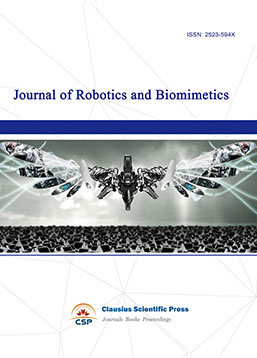
-
Prognostics, Diagnostics and Health Management

-
Micro-Electro-Mechanical Systems

-
Journal of Precision Instrument and Machinery
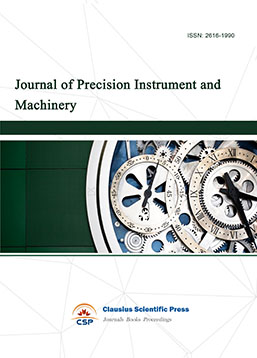
-
Engineering and Solid Mechanics

-
Fracture and Damage Mechanics
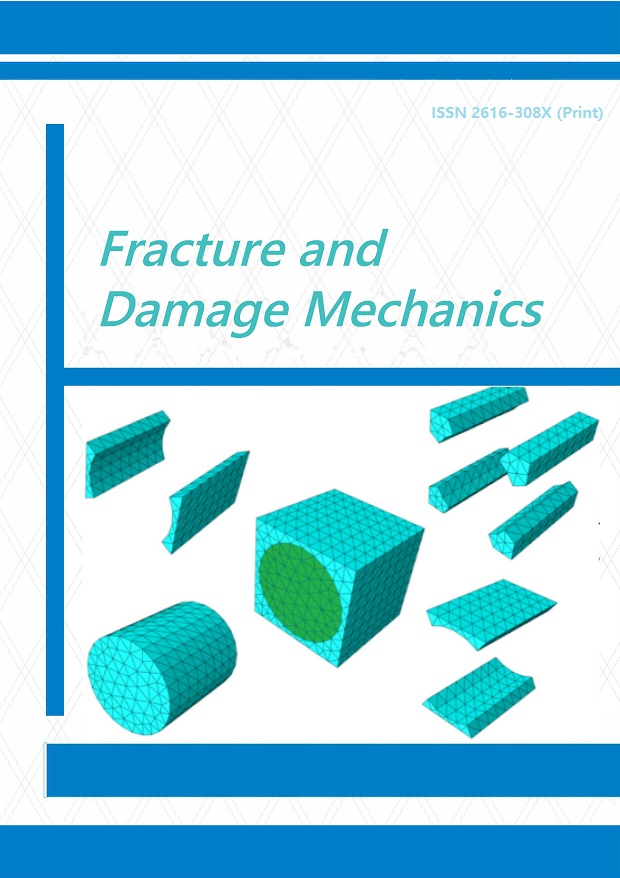
-
Frontiers in Tribology

-
Fluid and Power Machinery

-
Chemical Process Equipment
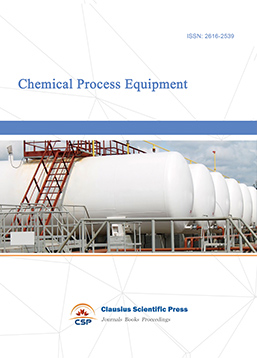
-
Journal of Assembly and Manufacturing
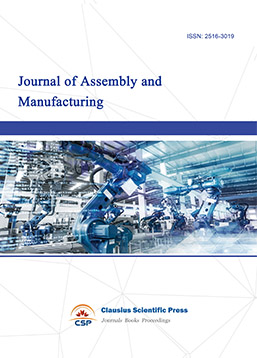
-
Mechanical Vibration and Noise


 Download as PDF
Download as PDF